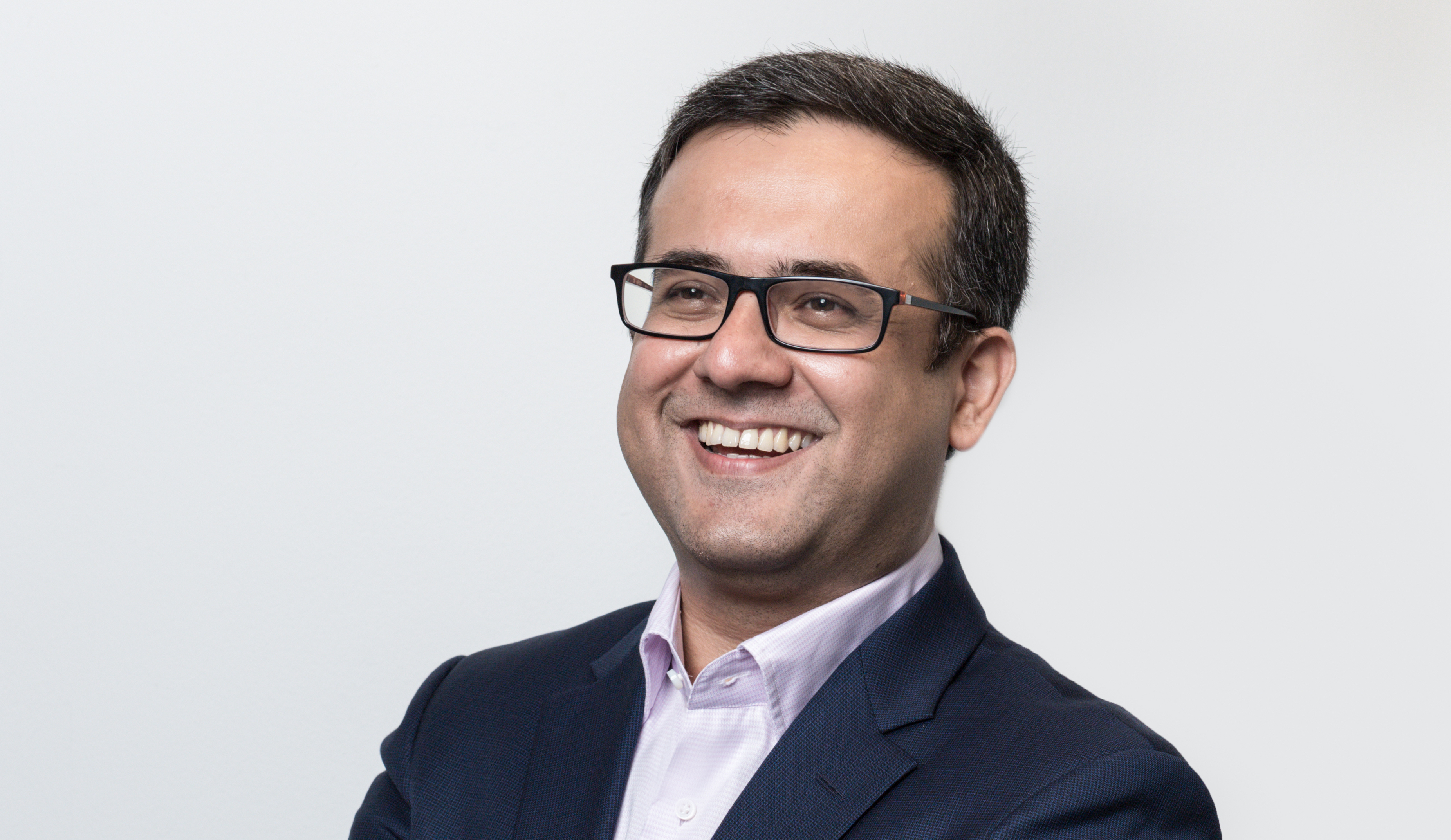
Southeast Asia is one of the fastest growing and most diverse music markets in the world. From the explosion of K-Pop to the rabid obsession with Taylor Swift in the Philippines, music lovers of Asia are creating and embracing a wide range of trends.
We sat down with Gautam Talwar, our Managing Director of Southeast Asia, in our Singapore office to learn more about the differences in music tastes and streaming habits throughout the region—as well as the opportunities that lie ahead.
Tell us about your professional background, particularly your work in entertainment, and how that prepared you for this role.
I grew up in India and have spent a lot of time both in the US and in Asia. Living and working in both the East and West has had a huge influence on how I look at Southeast Asia and its growing impact on the world. For example, while at Disney in Hong Kong, Singapore, and Los Angeles, I learned that the entertainment business is similar in many ways across the globe. Brilliant storytelling and great songwriting wins out, no matter where you’re from or what device you’re on.
What makes Southeast Asia a unique market, from both a business and consumer standpoint?
What makes Southeast Asia unique, apart from its diverse geography and cultures, is its size and streaming potential. It’s one of the most populous regions in the world, with over 600 million people—nearly 10% of the world’s population. Indonesia alone is the fourth most populated country in the world (just behind the United States). In a word, huge.
What’s also different is that the smartphone has become the first screen for many, but millions of people are limited by their devices, their data plans, and their network conditions. So helping them conveniently get their favourite content is a big focus.
The key to bringing Spotify to audiences across the region is our ability to hyper-localise the experience and ensure users can enjoy our app, regardless of the mobile device they own. Relevant payment options and regional telco partners are also critical.
How would you characterize users’ streaming habits in your region?
Southeast Asia’s smartphone audience is one of the largest globally, but music streaming is only just taking hold. With less than 20% of the region’s users streaming music, there’s a massive opportunity and potential for growth.
That said, it’s a nuanced situation, with music streaming at different stages across the region. In the Philippines, Singapore, and Hong Kong (where Spotify has been for some time), for instance, streaming is a way of life. In fact, Quezon City in the Philippines has the biggest concentration of Taylor Swift fans on Spotify out of any city in the world. And other countries are catching up fast—like Indonesia, where we launched three years ago, and Thailand and Vietnam, where we rolled out in 2016 and 2017, respectively.
Across Southeast Asia, there’s a pattern with much of the growth starting off with young music fans in the major cities, then moving outside of the urban areas.
However, the bedrock of our popularity across Southeast Asia is our users’ ability to choose between free and paid options. Spotify was built on the belief that music should be available to everyone, everywhere, no matter who or where you are. It’s what the emergence of music piracy dictated, it’s what drove the industry to embrace radical change, and it’s Spotify’s recognition of this change and ability to turn it into a positive force for fans and artists that makes us unique.
How is the music of Southeast Asia transcending boundaries and reaching people around the world?
Spotify makes music available to anyone, instantly – as a result, more and more Asian music is being discovered by our 217 million-plus users across the globe every day. For example, our top Asian playlists continue to gain popularity, with K-Pop Daebak (close to 2 million followers) and our OPM (Original Pilipino Music) playlist Tatak Pinoy (more than 1 million followers), now go-to destinations for fans everywhere.
Additionally, the explosion of K-Pop on the world scene is one of the biggest genre breakouts of recent years, and undoubtedly the most influential Asian genre to hit the global mainstream. Just last month both BTS and BLACKPINK hit their highest-ever Spotify global chart positions. BTS was also the very first Asian artist to hit the 5 billion streaming mark.
The success of K-Pop has alerted millions of music fans outside of Asia to a new world of music. It’s a trend that will only continue to grow over time as artists realise that the opportunity to get their music heard outside their own country and significantly increase their reach has never been greater. And it’s not just K-Pop breaking Asian boundaries, either. We’re also seeing the rise of a variety of local and regional genres, from Thai rock to Indopop and OPM.
Can you give us a sense of what’s on the horizon and the opportunities ahead for your region?
The March announcement that Spotify will come pre-installed on Samsung devices was one of the more exciting developments in our region, given Samsung’s popularity here. Also, we’re continuing to improve our lyrics functionality on mobile across Asia, as our audience is intensely passionate about lyrics. At the same time, we’re looking at a wide variety of ways to improve the Spotify experience for users.
Our flagship live entertainment tour, Spotify on Stage, which has seen us bring some of the biggest local and international artists to Asia, returns this year and will be bigger and better than ever. Stay tuned for more news on this in the coming months.
Stream K-Pop Daebak to get a taste of the genre’s global explosion. Also check out Gautam’s Tastebreakers playlist, which spans several genres, including classical, acoustic guitar, and electronic music.






Recent Comments